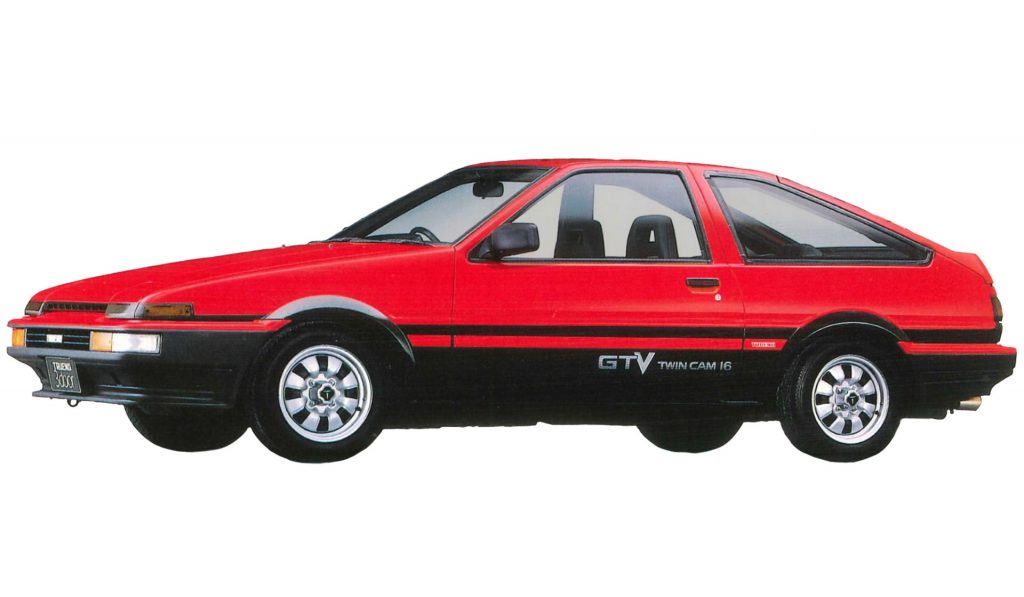When Toyota updated its small, economical sports car and gave it a second generation, it decided to rename it the GR86 (in North America), a deliberate nod to the classic AE86 from the ’80s. How, then, does it compare to that now legendary car?
Donut Media decided to find out by driving the two cars back to back in a new video. Although there have been around 40 years of automotive advancements and innovations between the two cars, they can both still be had for around $30,000 (depending on the condition of the older car).
Since, either way, you’re getting a sports car that requires some compromises in terms of day-to-day comfort, the question of which a shopper should buy could be more than just hypothetical.
Read: Can The New Toyota GR86 Take On The Iconic Honda S2000?

Introduced in 1983, the Toyota AE86 was actually a fifth-generation Corolla that was designed to say goodbye to the front-engine/rear-wheel drive layout that would be abandoned for the next-gen car. Intended to make the most out of mass-produced parts, it became a cult icon thanks to its driving dynamics, its success on the racetrack, and, perhaps most importantly, its starring role in a number of pieces of driving-related media.
It’s inline-four, though, makes just 112 hp (83 kW/113 PS) and 100 lb-ft (135 Nm) of torque. Those are certainly old school power figures, but the weight is also old-school, and the AE86 is very light car by modern standards. According to the hosts, that all combines to make a car that feels sprightly, though not quite as fast as the GR86.
The newer Toyota seeks to honor its forebear’s recipe for success by taking a four-cylinder engine and combining it with modest parts to make an affordable, rear-wheel-drive sports car. And, in that, it is a huge success.
The car’s flat-four makes 228 hp (170 kW/231 PS) and 184 lb-ft (249 Nm) of torque, which is sent to the rear wheels through an available manual transmission. Although it weighs a bit more than the classic car, it can hit 60 mph (96 km/h) around three seconds faster than the AE86.
Ultimately, however, the AE86’s cool factor is what sways both hosts, who say that, if they were given $30,000 to buy one, would buy the older car. As someone who lives up north where the snow falls and the salt is plentiful, though, I’m glad that the GR86 exists because its iota of added practicality is enough to make it a potential candidate as an only car – something the classic couldn’t really be.




